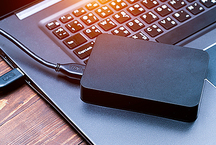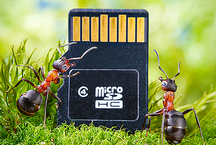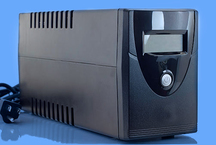
Volumes of modern Flash drives easily allow you to carry a couple of high-definition movies in your pocket, but their capabilities have not yet grown to move or backup terabytes of data. For these purposes, devices of another class are required that are comparable in capacity to conventional HDDs and the best solution here is external hard drives. As a matter of fact, they differ from the usual hard drives only in the way of organizing the power supply, in the interface, and in the presence of an additional case and controller. It is not even excluded that the HDD of the same model is used inside the system unit and external drive.
In most cases, to connect a 2.5-inch portable drive, it is enough to connect it to a laptop or system unit using an interface cable. External drives based on 3-inch HDDs also require additional power.
Main selection criteria
Data interface
Here the choice is wide enough: eSATA, USB 3.0, FireWire (IEEE 1394) and Thunderbolt. The latter standard has the maximum bandwidth, but they all completely cover the speed capabilities of modern hard drives, so you should be guided by the presence of connectors of the appropriate type on a PC or laptop. You just need to keep in mind that among the proposals there are many devices with outdated USB 2.0 interface, which will slow down the exchange at least twice. The selection of such external hard drives is impractical, even if your computer does not have connectors of the third revision of this standard. The eSATA and FireWire interfaces should be oriented only if additional power is assumed for the drive. For 2.5-inch portable drives, USB 3.0 is the best option.
Volume
The physical dimensions of the device introduce their own limitations on volume. If you need an external drive with a capacity of more than 2 TB, it is almost meaningless to look for it among 2-inch drives. Exceptions are units of devices, but you can't call their price low. The choice will have to be made among more dimensional devices, and you should be prepared for the presence of additional power and an appropriate adapter.
Hardware encryption features
If an external hard disk will be used to temporarily store confidential information, it will not be out of place to protect it. It makes sense to select a portable device from among those having hardware encryption functions. More simple data security functionality is access to the drive using a password. In any case, to use these features, you will have to install special software, bundled or downloaded from the manufacturer’s own site.
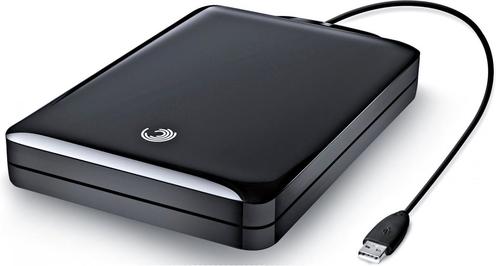
No less important selection criteria.
- Dimensions portable devices are primarily determined by the form factor of the installed HDD: 2.5 or 3.5 inches. Within the same category, the thickness of the body depends on the number of plates and increases with increasing volume. A special place is taken by self-powered drives - depending on the design, the built-in battery can increase both the thickness and other linear dimensions.
- Additional 3-inch external drives are required. nutrition, their smaller relatives are more expensive than the interface controller, with the exception of wireless models. The latter have a special battery for offline use and an adapter for charging it.
- If you do not take into account USB 2.0, then work speed interface capabilities are not limited, it is typical for installed hard drives and is proportional to the frequency of rotation of their spindle. HDD-based devices with 7200 revolutions per minute demonstrate maximum performance, faster hard drives are not found in portable drives. There are models that are organized on the principle of a zero-level RAID-array of two physical hard drives with corresponding speeds.
- Some external drives provide wireless connectivity. Built-in module Wi-Fi It works in the hub mode of a separate network segment, if necessary, providing end-to-end switching of mobile devices to another access point. As a rule, such models are equipped with a built-in battery and can operate autonomously for several hours.
Most Popular Manufacturers
In addition to direct manufacturers of hard drives, such as Toshiba Corporation, Western Digital or merged business unit Seagate Technology and Samsung Electronics, most popular with users is the products of brands ADATA and Silicon power. By creating their portable devices based on HDDs of previously listed companies, they compensate someone else’s technical advantage by using better materials and better control algorithms.
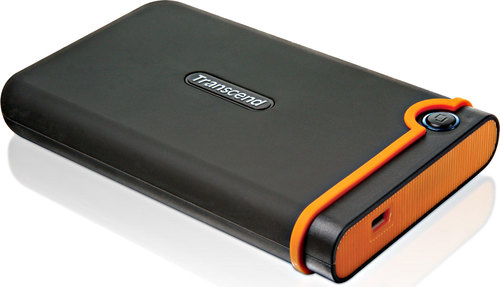
Photo: smages.com
Important Tips
When purchasing a portable drive, do not consider options with USB 2.0. Without getting almost no gain in price, you noticeably lose in the speed of data exchange.
When planning to use an external drive without additional power, connecting it via a USB 2.0 connector on a personal computer or laptop, special attention should be paid to the current consumption. Some interface controllers of the second version may not ensure the normal operation of the portable device. This especially threatens external high-capacity drives when connected to very old PCs.
Losing important data is always rather unpleasant, but especially bad when confidential information falls into the hands of competitors in some way. Maximum secure use of portable devices without a noticeable reduction in performance will help only methods of robust cryptographic protection, implemented at the hardware level.
